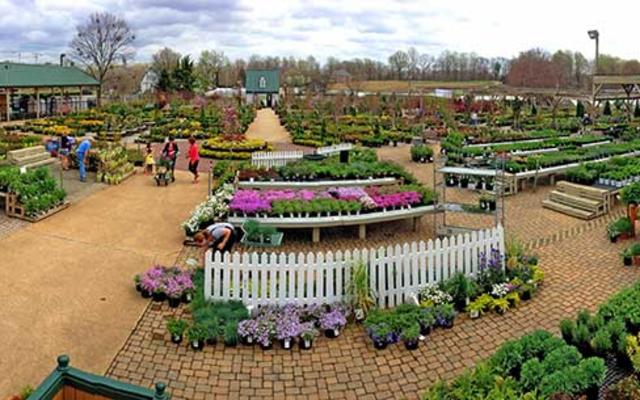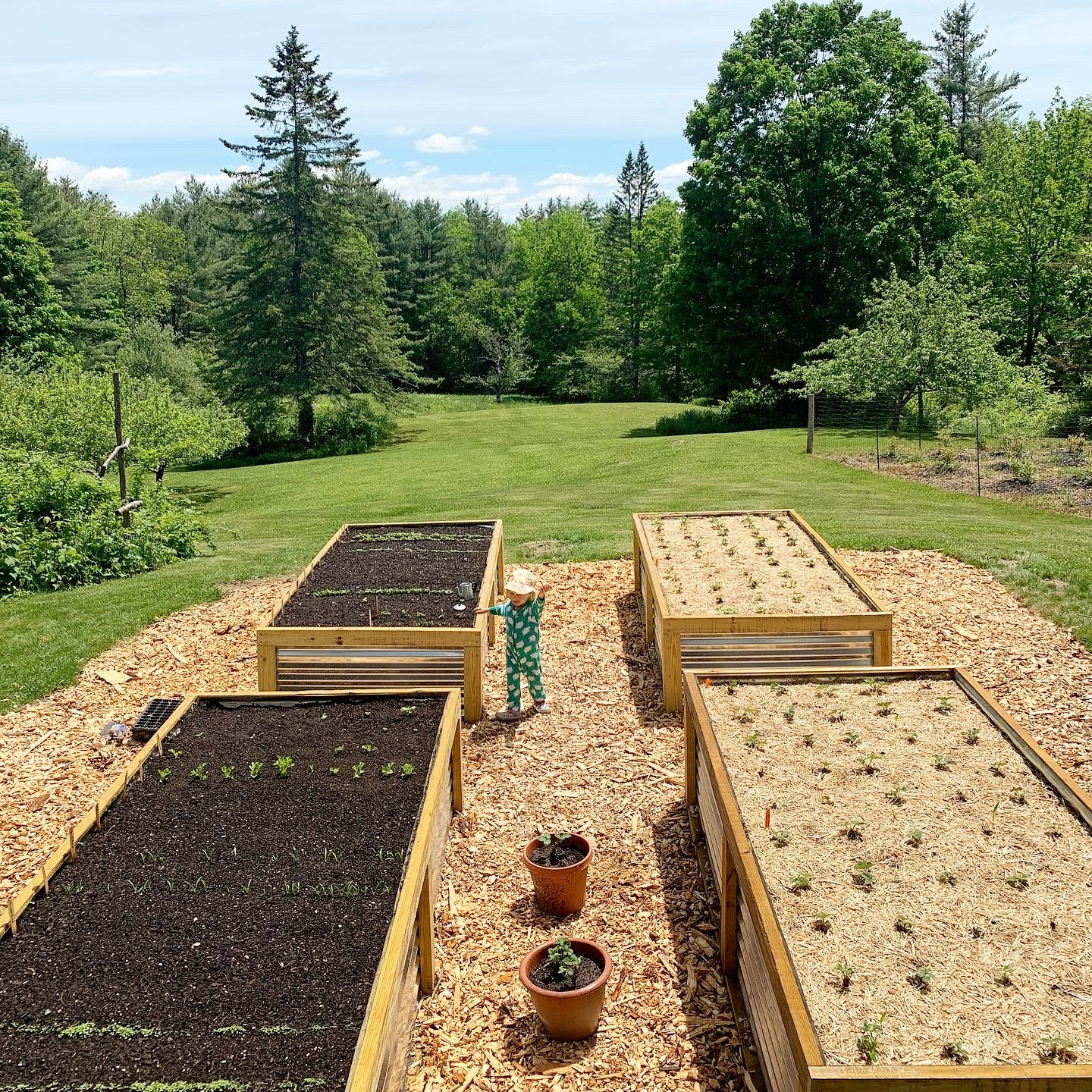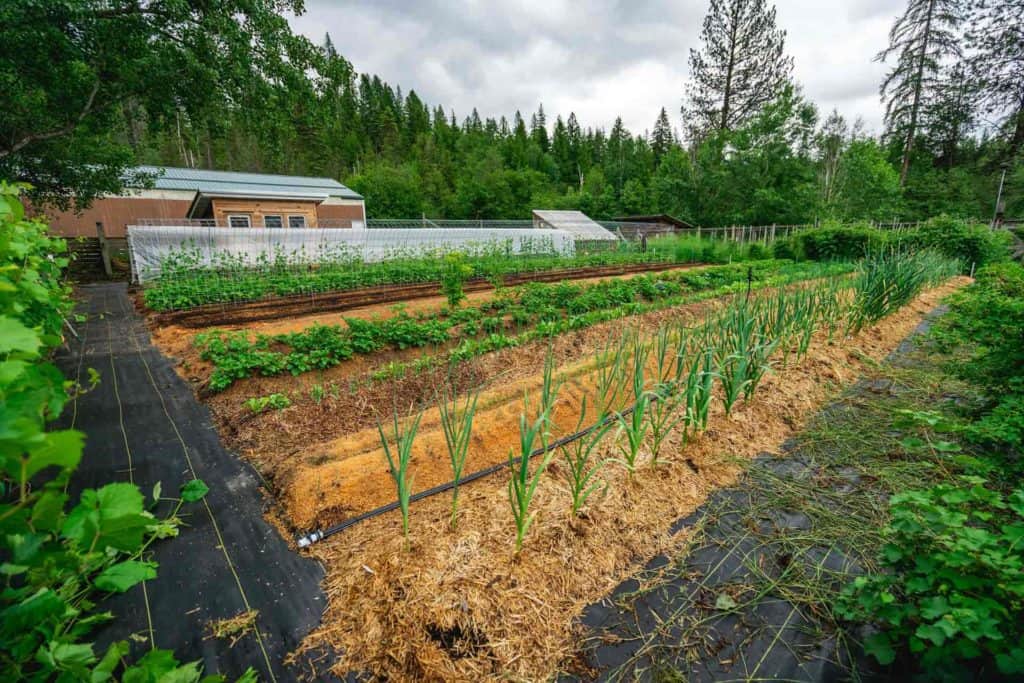Top Edible Plants for Homestead Gardening
Top Edible Plants for Homestead Gardening
Blog Article
Enhance Your Outdoor Location With Creative Horticulture Styles and Styles
By checking out numerous styles, such as the captivating informality of cottage gardens or the minimalism of modern-day visual appeals, one can significantly raise the setting of their environments. Additionally, including upright horticulture methods and lasting techniques not just enhances aesthetic allure however also promotes ecological consciousness.

Home Garden Beauty
Cottage yards, usually identified by their lush, casual designs, embrace a harmonious mix of flowers, natural herbs, and vegetables, creating a dynamic tapestry of color and scent. This standard horticulture style go back to the late 19th century, coming from England, and is prized for its enchanting, enchanting appeal.
Key elements of cottage gardens include using perennial plants, climbing vines, and self-seeding annuals, which add to an ever-evolving landscape. Planting in thick clusters encourages a naturalistic look, allowing for a diverse mix of appearances and colors. Popular blossoms such as foxgloves, delphiniums, and hollyhocks come together with aromatic herbs like lavender and rosemary, improving sensory experiences while advertising biodiversity.
Including rustic features, such as weathered trellises, wood fencings, or stone pathways, further boosts the visual of a home garden. This style not only prioritizes appeal but likewise accepts sustainability, as lots of plants are picked for their capacity to draw in pollinators and provide food. Ultimately, the home yard appeal exists in its unwinded, welcoming atmosphere, encouraging a deep link with nature while supplying a picturesque retreat for relaxation and satisfaction.
Modern Landscape Visual Appeals
While the beauty of cottage gardens evokes a sense of nostalgia and whimsy, modern-day landscape appearances embrace an even more structured and minimalist method. This contemporary style stresses simplicity, functionality, and an assimilation with the surrounding atmosphere. Clean lines, geometric shapes, and a restricted shade scheme define contemporary landscape design, permitting nature's appeal to take spotlight without unneeded disturbances.
Materials play a crucial duty in achieving this aesthetic. Concrete, metal, and natural stone are regularly used to produce hardscapes that match the landscape instead than overwhelm it. On top of that, the careful selection of plants is essential; decorative turfs and native varieties are typically favored for their reduced maintenance and capability to grow in local problems.
Water attributes, such as smooth fish ponds or reflecting pools, are likewise important to contemporary designs, giving peacefulness and a prime focus. Lasting methods, consisting of xeriscaping and the use of absorptive products, enhance the environmental responsibility of modern landscape design. Eventually, contemporary landscape aesthetics supply an opportunity to produce tranquil exterior spaces that reflect modern worths while promoting a much deeper link to nature.
Vertical Gardening Innovations
Vertical horticulture advancements have revolutionized the method we approach horticulture in limited rooms, making it possible for the cultivation of plants in metropolitan settings where ground area is limited. These innovative strategies and frameworks permit gardeners to optimize vertical surface areas, changing wall surfaces, fences, and even porches into lavish eco-friendly rooms.
One popular development is using modular systems, which contain interlocking panels that can be easily set up and reorganized - Homestead Gardening. These panels frequently come equipped with built-in watering systems, guaranteeing that plants get sufficient moisture while lessening water waste. Furthermore, upright yards can include a range of plants, from blooming varieties to edible herbs, advertising biodiversity and improving appearances
An additional notable innovation is the combination of wise modern technology, such as sensing units that keep track of dirt moisture and nutrient degrees. This technology permits for precise care customized to the demands of individual plants, making sure optimum development and wellness. Lightweight products and upright planters made from recycled products add to sustainability Get More Info while minimizing the physical worry of traditional horticulture.
Lasting Horticulture Practices
Sustainable gardening methods have actually arised as an important strategy for garden enthusiasts seeking to reduce their environmental influence while enhancing the wellness of their ecological communities. These methods concentrate on the cautious administration of all-natural sources, promoting biodiversity, and cultivating a resilient landscape.
One secret element of lasting horticulture is soil health. Using natural garden compost, mulching, and crop rotation enhances the dirt, advertising valuable microbes and reducing the need for chemical fertilizers. Furthermore, indigenous plants are encouraged, as they call for less water and are extra immune to regional bugs, therefore decreasing dependence on pesticides.

Additionally, sustainable horticulture encourages using recycled materials for garden structures and paths, minimizing waste and environmental influence. By taking on these methods, garden enthusiasts can create a successful exterior area that harmonizes with nature, making sure both individual pleasure and eco-friendly duty.
Themed Yard Inspirations
Creating a themed garden can transform click here to read an average exterior area right into a fascinating sanctuary that reflects individual design and interests. Themed yards use an unique possibility to express creative thinking while boosting the visual appeal of one's landscape. Popular motifs include Japanese Zen gardens, which stress tranquility via thoroughly set up stones, water attributes, and minimal growings.
One more motivating motif is the cottage yard, defined by an informal layout loaded with an abundance of vibrant blossoms and aromatic natural herbs. This design promotes biodiversity and draws in pollinators, making it both beautiful and environmentally valuable.
For those with a propensity for adventure, an exotic garden can evoke a holiday feeling, featuring bold vegetation, lively blooms, and maybe also a tiny water attribute to resemble a hotel environment.
Conversely, a themed yard can attract motivation from literary works or history, such as a Shakespearean yard that integrates plants pointed out in the Poet's jobs.
Selecting a theme not just supplies instructions in plant selection and format however additionally develops a cohesive atmosphere that welcomes expedition and satisfaction, making exterior areas genuinely distinctive.
Conclusion

Integrating rustic attributes, such as weather-beaten trellises, wood fences, or stone pathways, additionally improves the visual of a home garden. Furthermore, upright gardens can integrate a range of plants, from flowering species to edible herbs, advertising biodiversity and enhancing visual appeals.
Creating a themed yard can change a regular outdoor area right into an exciting sanctuary that shows individual style and rate of interests. Themed yards supply a distinct possibility to share imagination while improving the visual allure of one's landscape. The beauty of home gardens, the sleekness of modern landscapes, innovative upright horticulture techniques, lasting techniques, and themed yards each add distinct aspects that cultivate both appeal and functionality.
Report this page